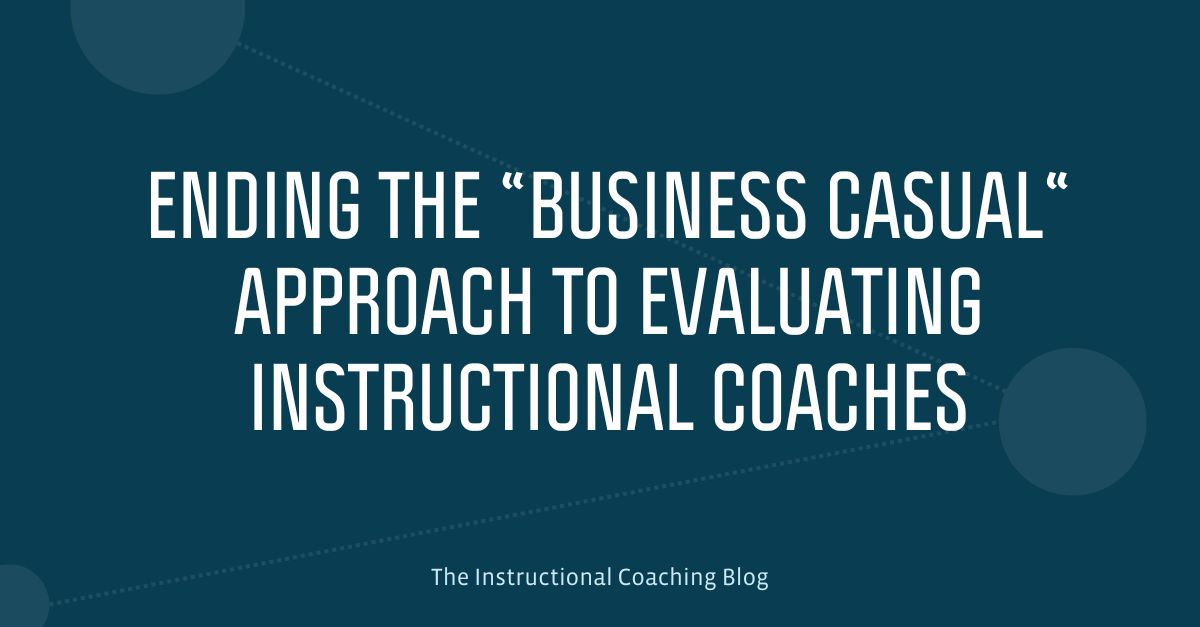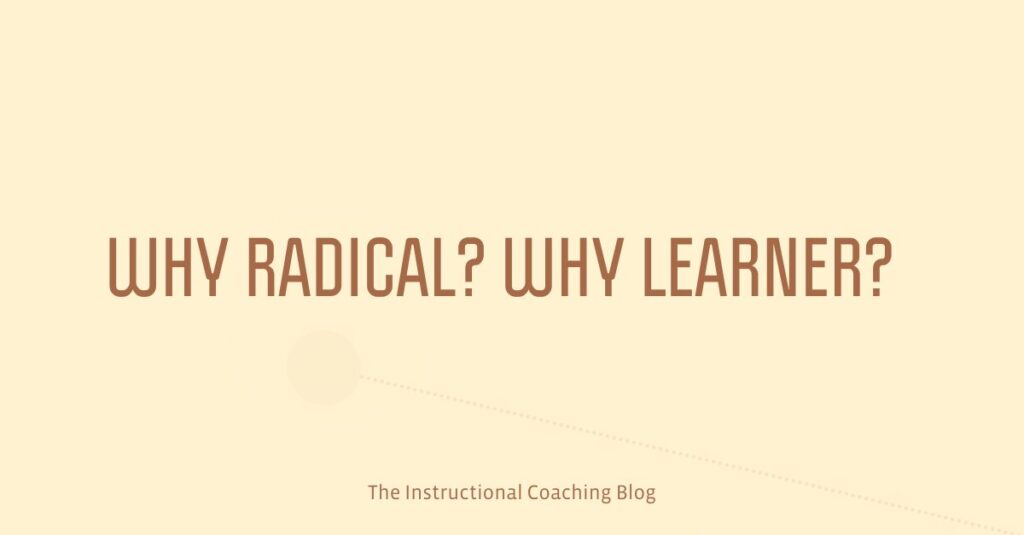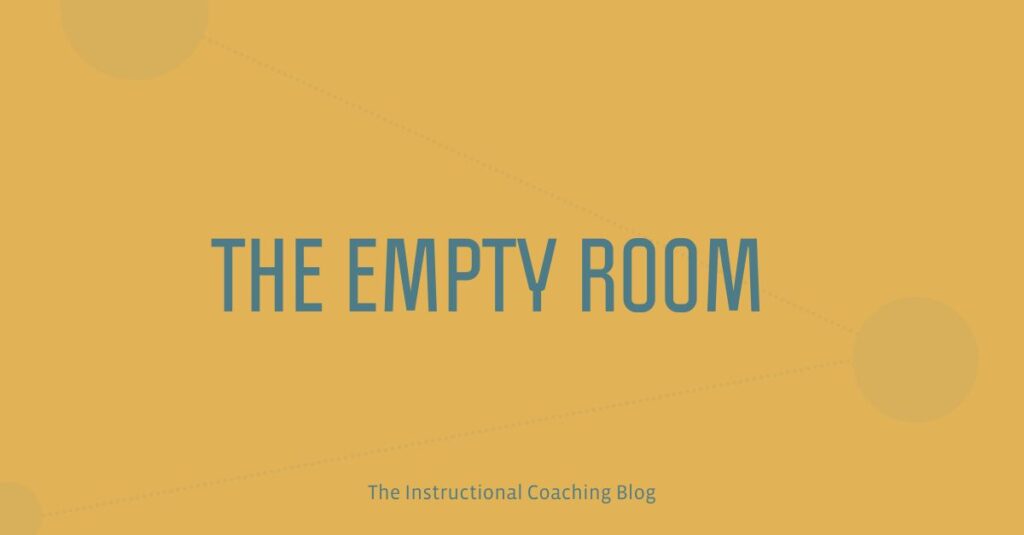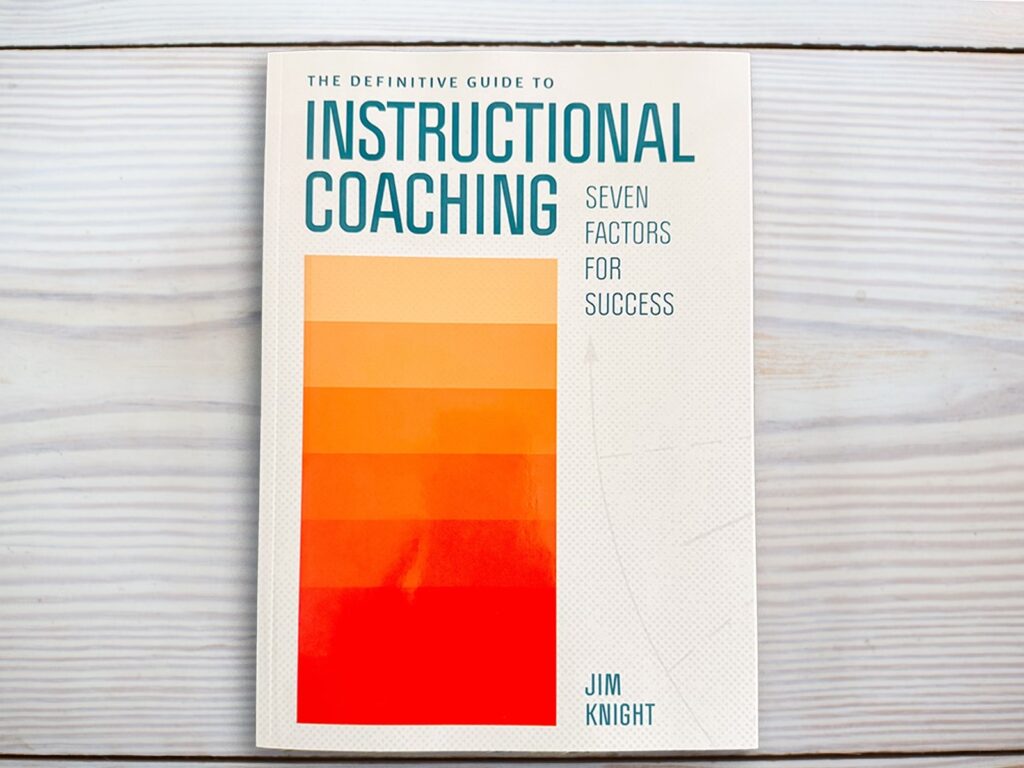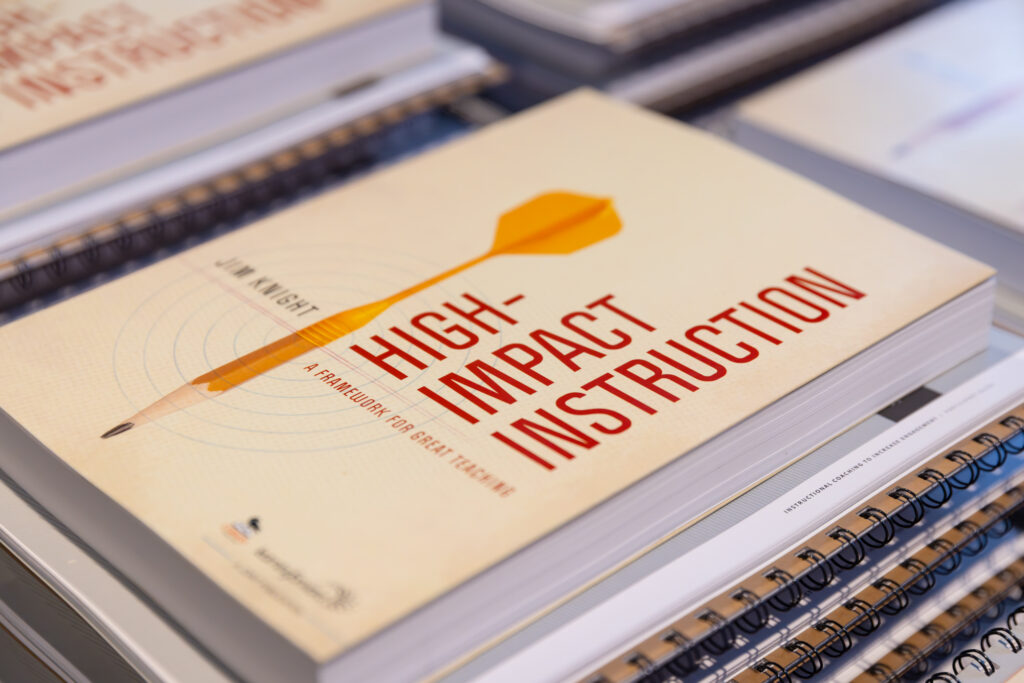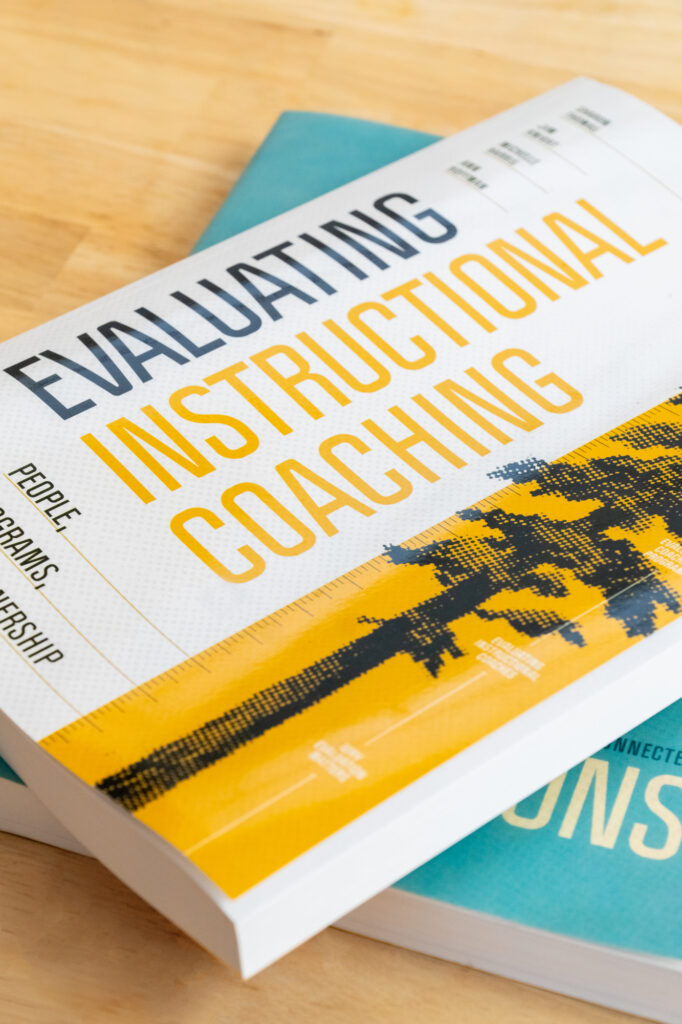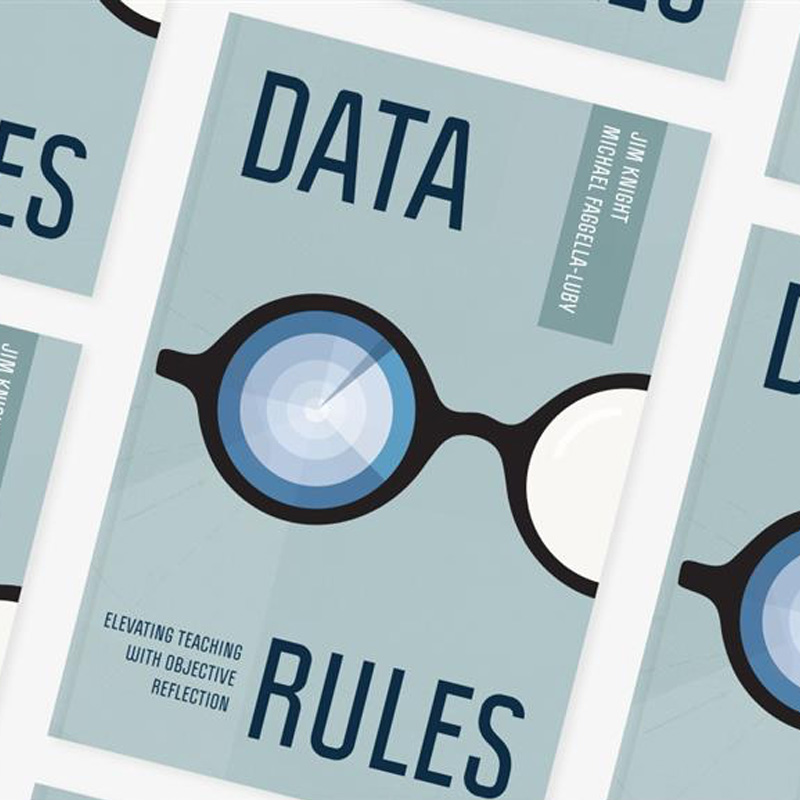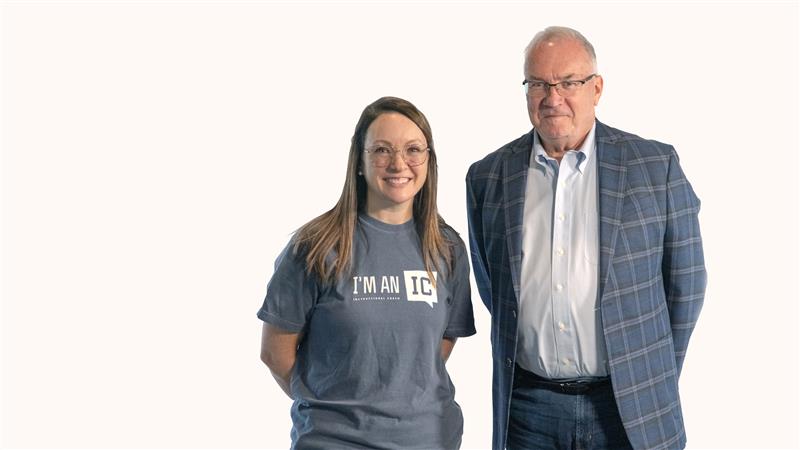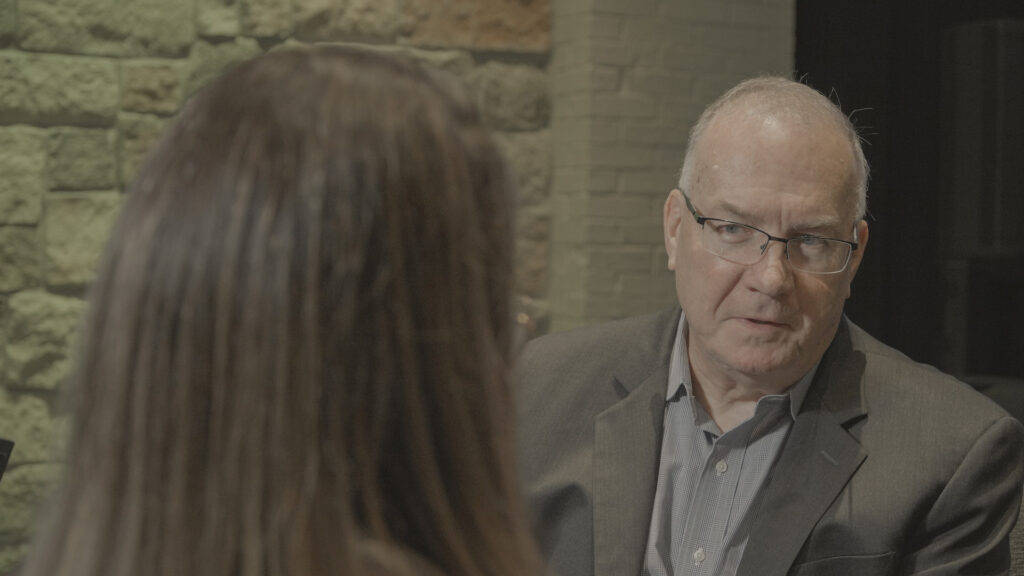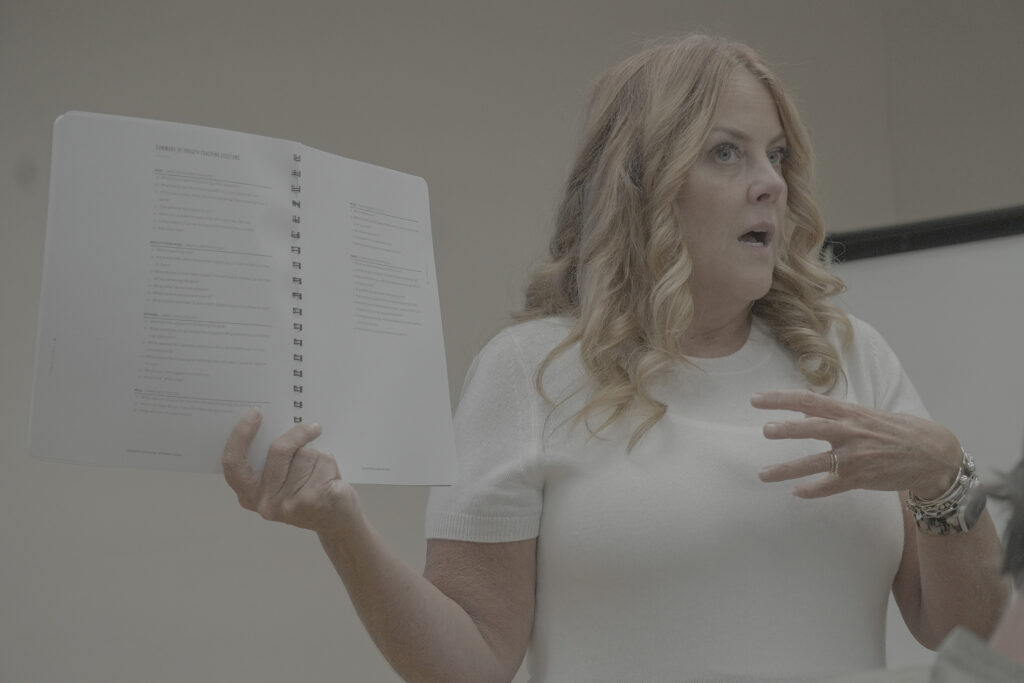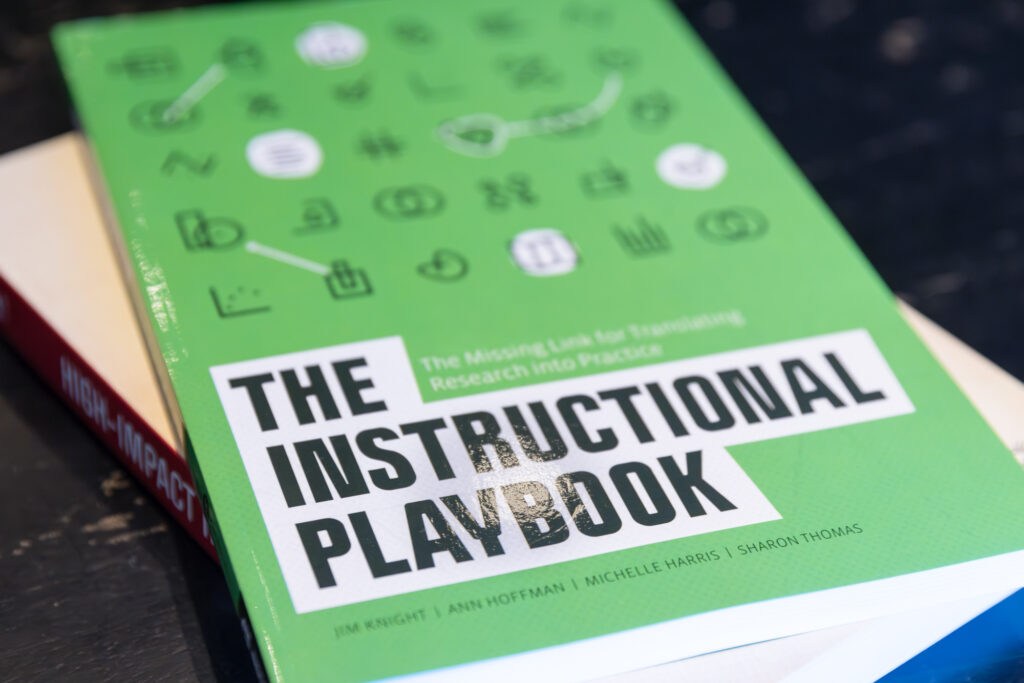This post is Part 2 of a 5-part series. Catch up on Part 1 here.
A popular Friday phenomenon in many workplaces is to allow employees to dress “business casual.” Back when I was young and the concept of business casual was new, my employer provided very specific parameters:
- For men, it meant no suits or ties. Polo shirts and khaki pants were fine.
- For women, it meant no suits or heels. Casual dresses, pants, and sandals were fine.
- For everyone, it meant not going too far—no jeans, no sneakers, and no t-shirts.
When I began working as a teacher a few years later, I discovered that, in my school district, “business casual” involved one question only: “Can we wear jeans?” If the response to that question was, “Yes!” the people rejoiced. If the answer was, “No,” then “Why are they even calling this ‘business casual?’”

My husband’s office environments have been all over the map on this issue. Some supervisors specified sport coats and dresses instead of suits, but others allowed even t-shirts and shorts, something that would have made my supervisors apoplectic. Sometimes the jeans issue came up in his world, too, with distinctions such as “nice jeans, not faded jeans or jeans with holes in them” added to the “acceptable” list. Over the past year, I have seen online memes suggesting another addition to that list, given the past year’s intensity of work-from-home employees: pajamas.
Everyone thinks they know what “business casual” is, but everyone defines it differently. The same is true of the term “instructional coaching.” Ask anyone in a school district what an instructional coach does, and you’ll hear as many differing responses as you have responders. Here is a partial list of what you may hear:
“Someone who supports teachers in the classroom on their goals for students.” – we like this one best.
“Someone who leads PD.”
“Someone who helps new teachers or teachers who struggle.”
“Someone who is really an assistant principal but not called that.”
“Someone who is a spy for leadership.”
“I don’t know.”
Coaches have so many roles that can vary from district to district and school to school (not to mention year to year) that the lack of role clarity leads to all sorts of issues, including:
- Teachers feeling like they can’t trust who the coach is and what they do
- Difficulty in measuring the impact of coaches on teachers and students
- An unclear and lackluster evaluation process because the coach’s job description was unclear from the start
In fact, most districts tell us that instructional coaches typically don’t even have their own evaluation form. The coaches’ evaluation form is often instead an edited version of the teacher evaluation form or the non-classroom teacher support person form for guidance counselors, interventionists, etc., jobs that don’t involve instructional coaching. No wonder coaches’ day-to-day tasks are all over the place. There’s not even a form saying what their job is.
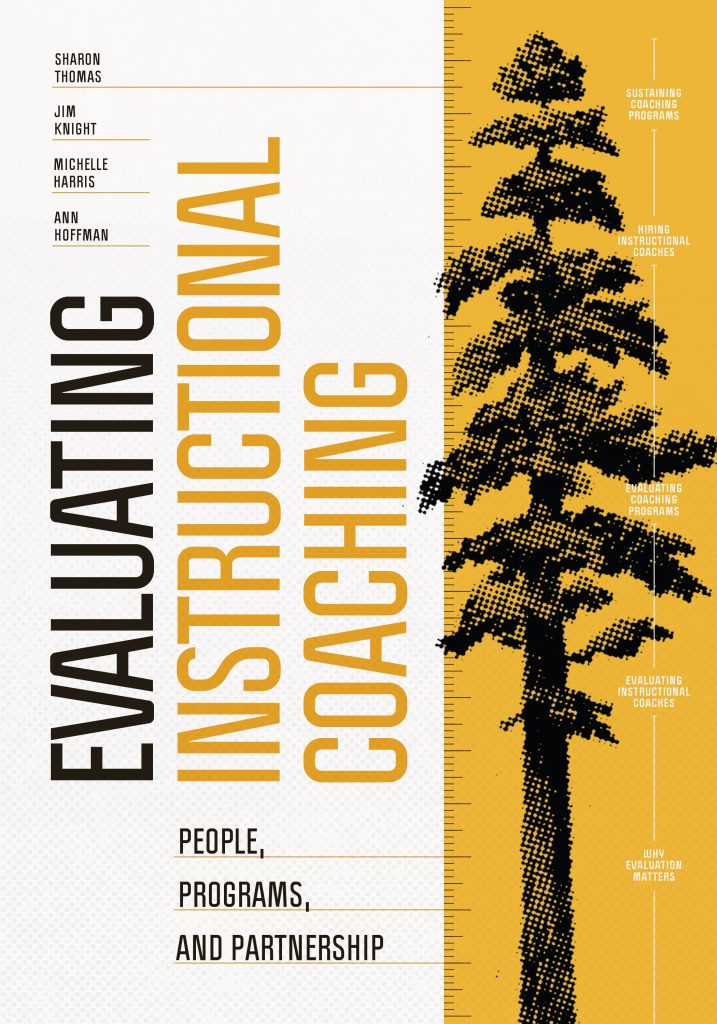
In our new book, Evaluating Instructional Coaching: People, Programs, and Partnership, Jim Knight, Ann Hoffman, Michelle Harris, and I examine the issue of evaluating instructional coaches. We provide:
- standards and indicators describing what effective coaches do
- a specific, research-based 360-evaluation process for instructional coaches
- ideas for how to structure the recruitment and hiring process
- an understanding of the importance of how coaches are evaluated to the success of overall coaching programs, to ensuring the best people are in the coaching role, and to the retention of good coaches over time
Schools and districts need to have ongoing discussions about what coaching is and what they want it to be. That conversation should include questions such as:
- Are coaches expected to focus on improvement for teachers, students, or both? How will we know if coaches are successful with those groups?
- What does the research on instructional coaching say about what coaches should do and not do to bring about deep change for teachers and students?
- How do our coaches’ roles compare to that research?
- What should we do when our coaches’ roles don’t align with that research?
This role-clarity conversation is not an easy one, but it is a critical one to ensure that coaching has the impact on schools that it can have. And, unlike “business casual,” you don’t need to wait until Fridays to have it.

Today’s featured author is Sharon Thomas, Senior Consultant at ICG, National Board Certified English teacher, instructional coach, student advocate, and writer. Along with her work in ICG workshops, Sharon developed the ICG Coaching Certification process and co-authored the book The Instructional Playbook with Jim Knight, Ann Hoffman, and Michelle Harris.
